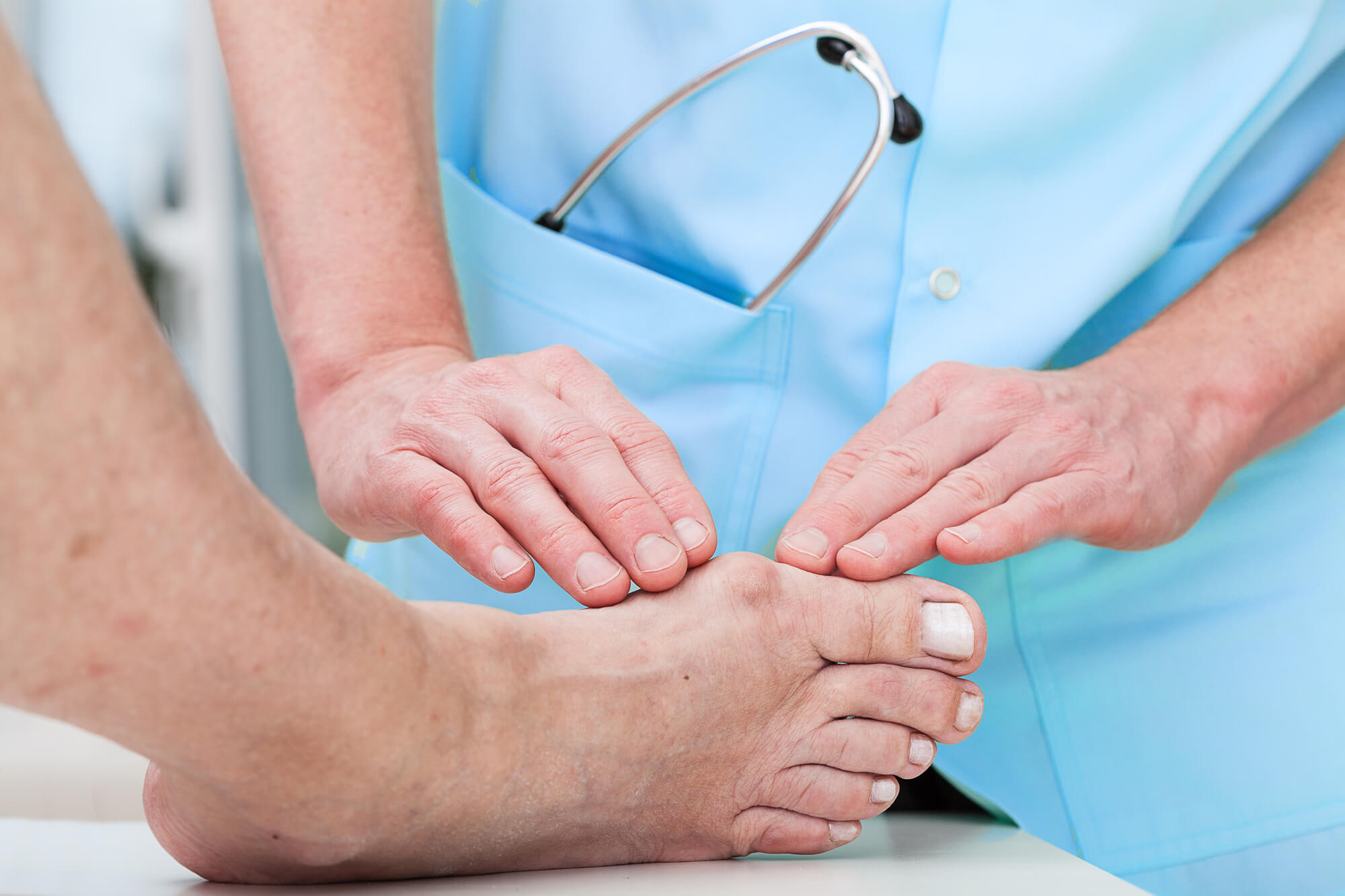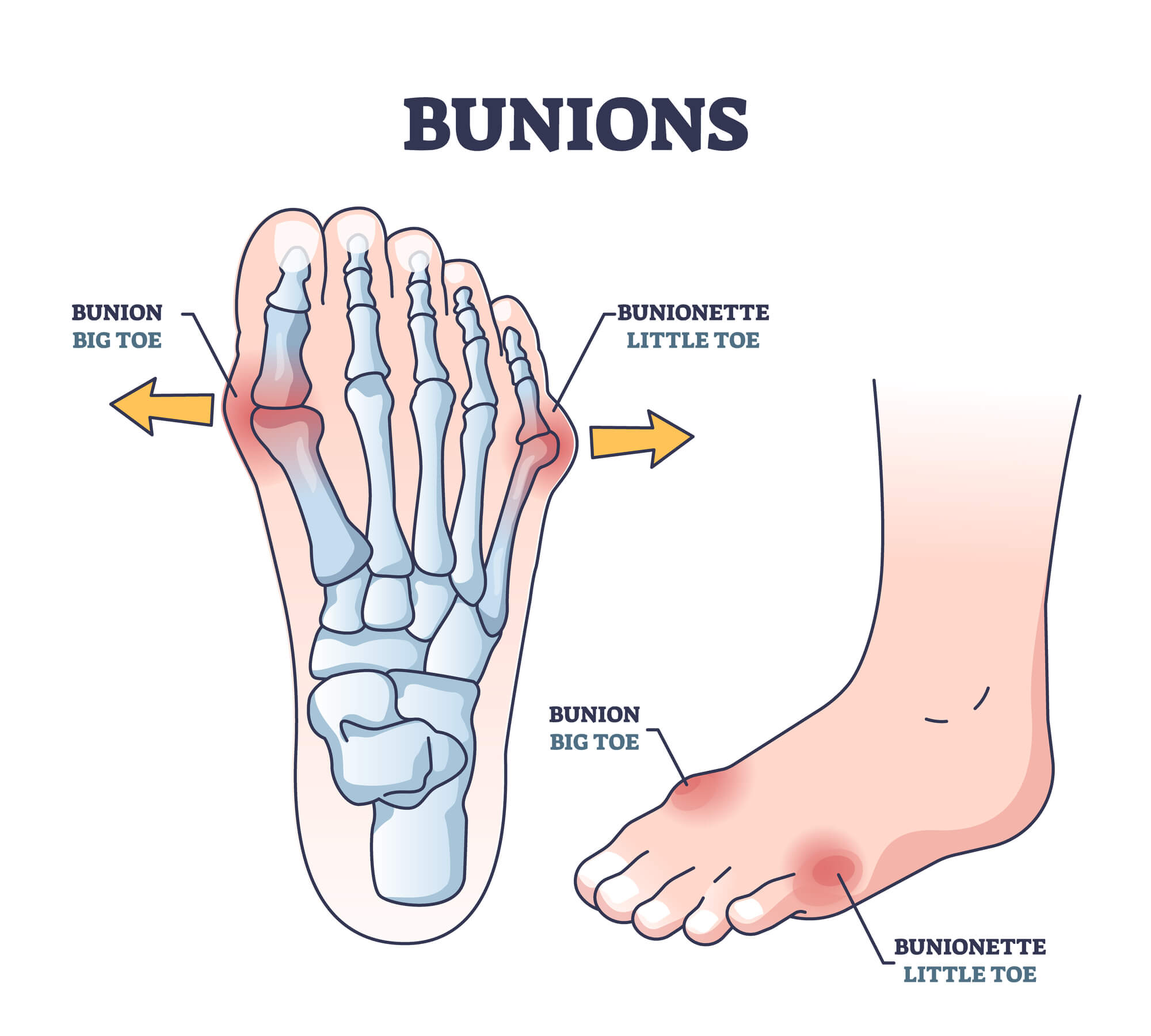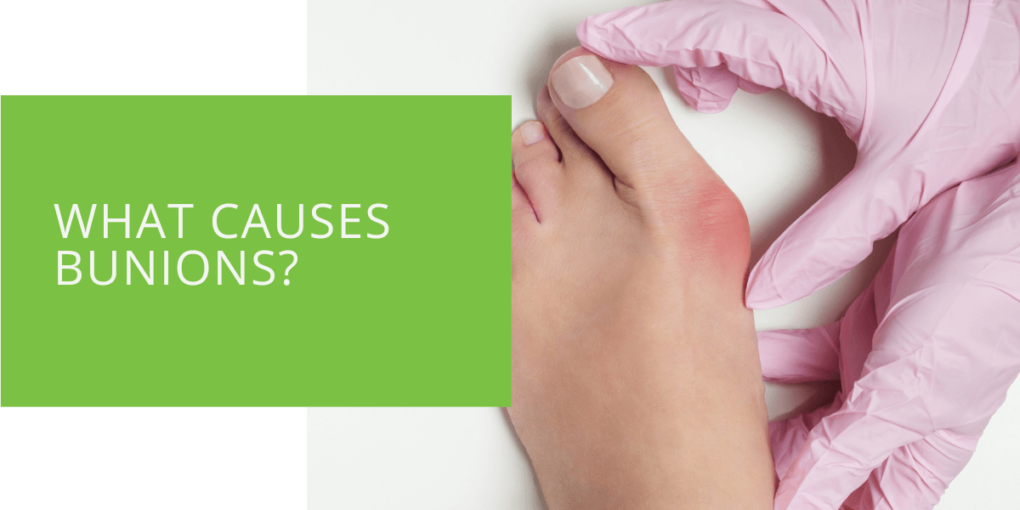What Causes Bunions?
If you've ever experienced a bony bump on the base of your big toe joint, you may have a bunion. A bunion is a common foot deformity that causes the big toe to point towards the second toe, leading to a visible bony bump on the side of the foot. Bunions can be painful and make it difficult to wear certain shoes. In this article, we will explore the common causes and risk factors for bunions and how to prevent and treat them with advice from expert podiatrists.
What is a Bunion?
A bunion is a deformity that affects the bone and soft tissues of the foot, causing the big toe to angle towards the second toe. Over time, the joint at the base of the big toe becomes enlarged and prominent, forming a bony bump on the side of the foot. Bunions can occur on one or both feet and can be associated with other foot deformities, such as hammertoes.
Common Causes of Bunions
Several common causes of bunions include genetics, footwear, foot injuries, medical conditions, and foot structure. Let's take a closer look at each of these causes.
Genetics
Bunions can run in families, indicating a genetic component to their development. Some people may inherit a foot structure that puts them at a higher risk for developing bunions.
Footwear
Tight, narrow, or high-heeled shoes can put pressure on the big toe joint and cause it to deform over time. Shoes with a narrow toe box can also squeeze the toes together and lead to the development of a bunion. High heels are especially problematic because they put extra pressure on the ball of the foot and can inflame the bursa, a fluid-filled sac near the joint.

Foot Injuries
Previous foot injuries can lead to an abnormal foot structure and increase the risk of developing bunions. An injury to the foot can also cause inflammation and swelling that can lead to the development of a bunion.
Medical Conditions
Certain medical conditions, such as arthritis, can cause bunions. Arthritis is an inflammatory condition that can cause joints to become stiff and inflamed. This inflammation can lead to bony growths and deformities, including hallux valgus, the medical term for a bunion.
Foot Structure
Foot structure can play a role in bunion development. People with flat feet or other foot deformities may be at a higher risk for developing bunions because their foot mechanics can put extra pressure on the big toe joint.
Risk Factors for Bunions
In addition to the common causes of bunions, several risk factors can increase the likelihood of developing bunions. Some of these risk factors include:
- Age: Bunions are more common in older adults.
- Gender: Women are more likely to develop bunions than men.
- Occupation: Jobs that require standing for long periods or involve repetitive motions can increase the risk of developing bunions.
- Activities: Sports that involve a lot of running or jumping can increase the risk of foot injuries that can lead to bunions.
- Behaviors: Certain behaviors like smoking or wearing high heels can increase the risk of bunion development.

Prevention and Treatment of Bunions
Now that we've explored the common causes and risk factors for bunions let's talk about how to prevent and treat them.
Prevention
While not all bunions can be prevented, there are some steps you can take to reduce your risk of developing them. Here are some tips for avoiding bunions:
- Wear comfortable shoes with a roomy toe box: Choose shoes that don't put pressure on your toes and have a wide enough toe box to allow your toes to move freely.
- Avoid high heels: High heels put extra pressure on the ball of your foot and can contribute to the development of bunions.
- Stretch and strengthen your feet: Regularly stretching and strengthening your feet can improve their overall health and reduce the risk of foot injuries that can lead to bunions.

Treatment
If you already have a bunion, there are several treatment options available. Here are some of the most common treatments for bunions:
- Change your footwear: Switch to comfortable shoes with a roomy toe box to reduce pressure on the bunion.
- Use orthotics: Shoe inserts or custom orthotics can help redistribute pressure on your foot and relieve bunion pain.
- Apply ice: Applying ice to the bunion can help reduce inflammation and pain.
- Take pain relievers: Over-the-counter pain relievers like ibuprofen can help relieve bunion pain.
- Consider bunion surgery: If your bunion is causing significant pain or interfering with your daily activities, your podiatrist may recommend bunion surgery. This involves removing the bony bump and realigning the joint.
It's important to note that bunion surgery is a last resort and should only be considered after conservative treatments have been tried and failed.
Conclusion
Bunions are a common foot deformity caused by various factors, including genetics, footwear, foot injuries, medical conditions, and foot structure. By understanding the common causes and risk factors for bunions, you can take steps to prevent them from developing or worsening. If you already have a bunion, several treatment options are available, including changes in footwear, orthotics, ice, pain relievers, and bunion surgery. If you are experiencing foot pain or have concerns about your foot and ankle health, it's important to seek the advice of a qualified podiatrist.

